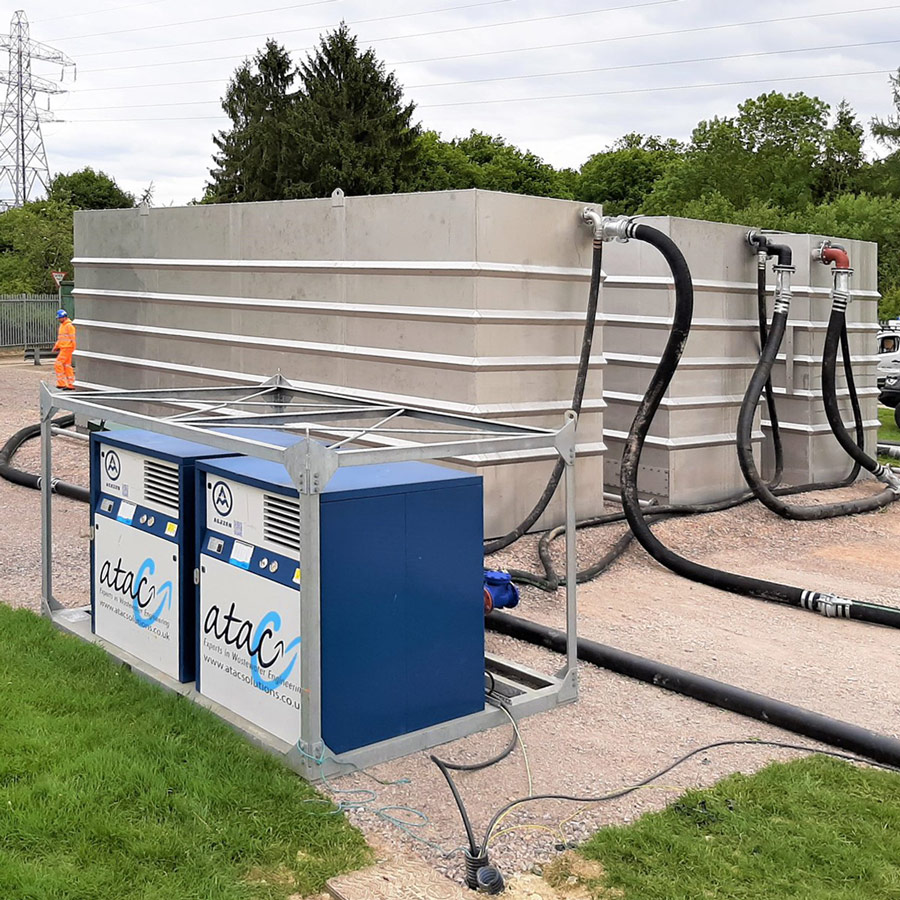Operation and Control
For effective phosphorus removal, the
ATAC PRS employs a combination of
coagulation, flocculation, and lamella
settlement processes. Ferric, a
coagulant, is dosed via an inline mixer
upstream of the P-Lamella package
plant, allowing for optimal reaction in
the feed pipework. Additional mixing
and flocculation occur in the dedicated
tanks, ensuring the formation of large
ferric flocks that settle effectively.
Effluent from the lamella units flows
over into the central channel and is
discharged.

